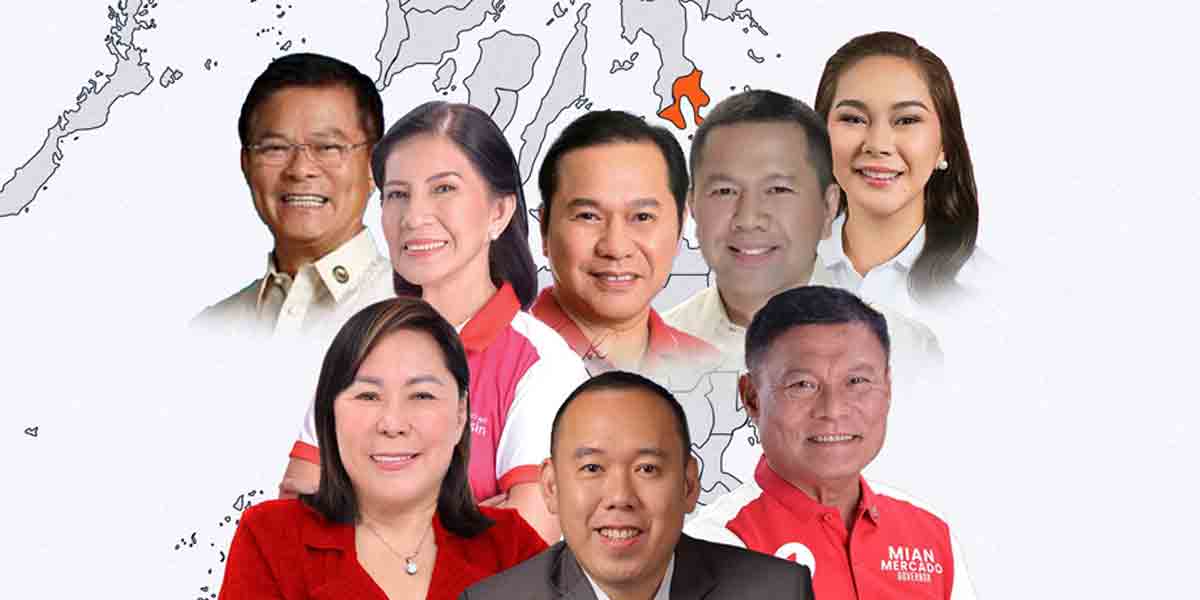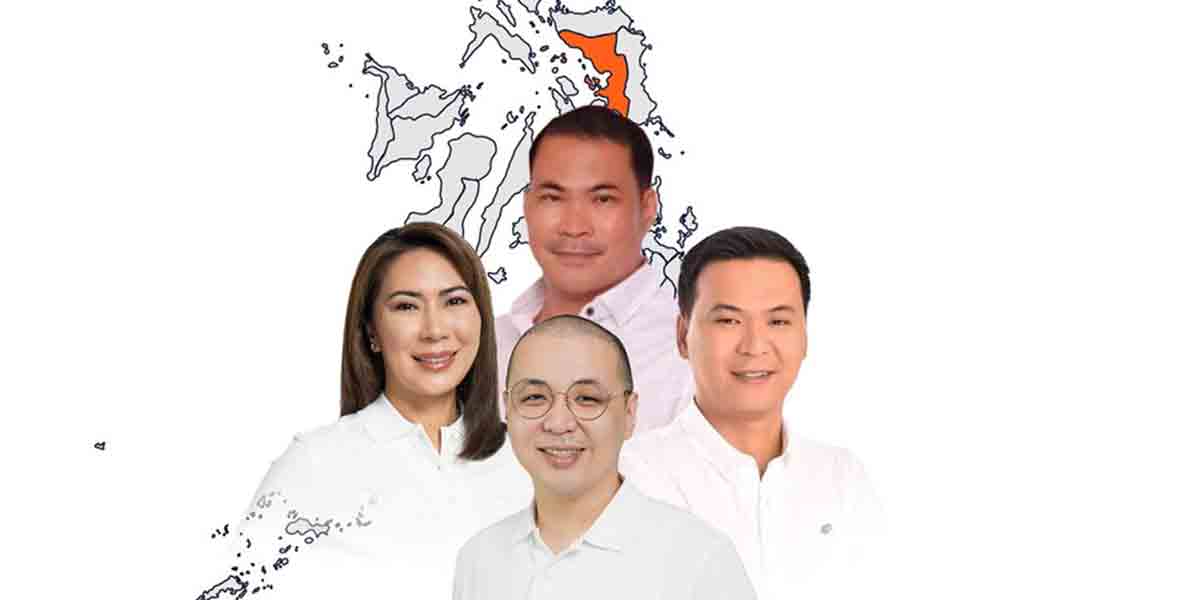 By Lcid Crescent Fernandez
By Lcid Crescent Fernandez
In 2016, we saw the potential of social media as the main platform to deliver huge returns (and the win) for electoral candidates. In 2019, many others jumped on the platforms as their main sources of communication to reach their audience.
Today, we’re going to take a look at the most common strategies election candidates will use on social media.
The Media Organization
This strategy involves generating and sharing content that would normally appear on a mass media account. The twist is that these posts have the candidate’s branding all over them. The content could be statistics, the happenings of the day, the weather, breaking news or features. It’s generally used in hopes of gaining reach and engagements by having users share the posts because of their newsworthiness. It works as an awareness campaign and substitutes for plastering your name on a tarpaulin everywhere.
The message: “Please share this news factoid that has my name and face on it.”
The College Elections Slogan
Ever see those college candidates that enumerate their platforms by making acronyms out of their names? It looks something like this:
J – Justice
U – Unity
A – Anti-Drugs
N – N-frastructure
This strategy is normally used to generate name recall and then outline campaign promises in a very simple and easy to understand manner. I’d personally question if this was sincere platform or just incredible mental gymnastics to find something that starts with a letter present in one’s name.
The message: “These are my campaign promises, and so you don’t forget them, I used me as mnemonic!”
The “Oh I didn’t see you there”
This candidate has paparazzi following them everywhere. They have tons of “candid” photos posted daily showing every desirable characteristic in a person. They could be in church or having lunch with the elderly or diligently working in their office. Usually, the photos are followed by captions either talking about how the thing they’re doing in the photo is helping people or some vague quote about leadership or helping the needy.
The message: “Oh! You caught me doing or thinking of something that will help you.”
The Oscar Nominee
This is the candidate with a campaign team full of frustrated film makers. The content they generate has high production quality with dramatized moments normally filled with family, children or religion involved. Problems will be outlined and then the candidate will be propped up as the hero to deliver us from the many issues that plague our society. I can already visualize the dark color-grading of the video that changes to bright when the candidate appears.
The message: “I am the way, the truth, and the life.”
The Traditional Politician
This is the politician that will throw everything on the wall until something sticks, including a jingle, because all they need is name recall. Sometimes, they won’t even say what they’ll do for that sector, they’ll just say the actual sector.
“I’m for mental health!”
“I’m pro-sports! Look at me biking!”
“Education!”
*Insert budots dance*
The message: “I’ll say and do anything. Just vote for me.”
There you have it. Those are the 5 most common strategies you’ll see candidates employ on social media. None of these strategies are inherently bad, per se. As part of a larger campaign that hit the right notes with the target market and done in small doses in line with the candidate’s brand, they can be extremely effective. One of the most impactful pieces of evidence for this is currently sitting in Malacañang. Our voting populaces are different people on social media than they are in real life.
We simply must understand our candidate, then understand who our target market is on social media, and then bridge that gap. Here, we show sincerity, an open communication line, and the ability to be more accessible, if not relatable.





















